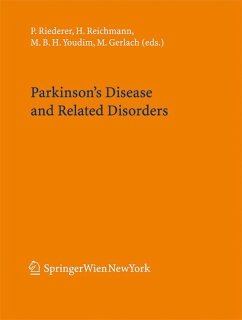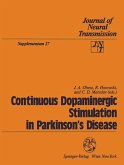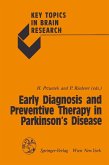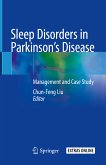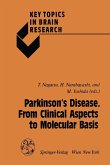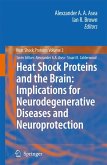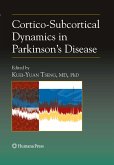This book gives a comprehensive overview on current clinical and basic research issues related to Parkinson's disease and its related disorders. The book is the result of the 16th International Congress of Parkinson's Disease and Related disorders congress 2005. Its contents are suitable for neurologists, psychiatrists, neurosurgeons, basic researchers, geneticians and patients as well as their relatives.
Dieser Download kann aus rechtlichen Gründen nur mit Rechnungsadresse in A, B, BG, CY, CZ, D, DK, EW, E, FIN, F, GR, HR, H, IRL, I, LT, L, LR, M, NL, PL, P, R, S, SLO, SK ausgeliefert werden.

